
Hyundai Ioniq 5 N
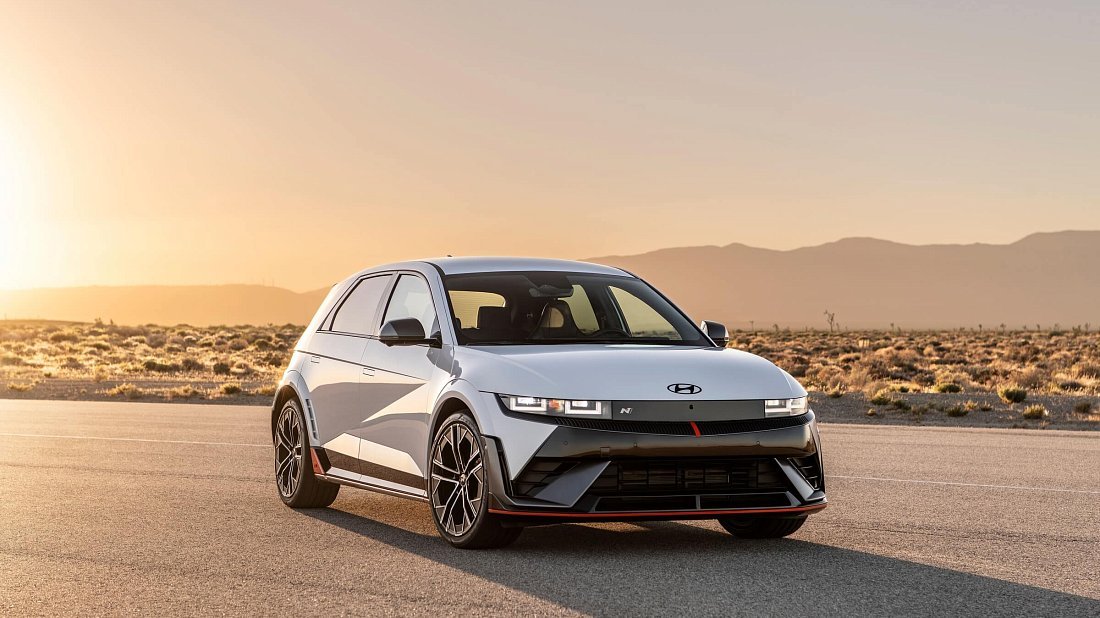
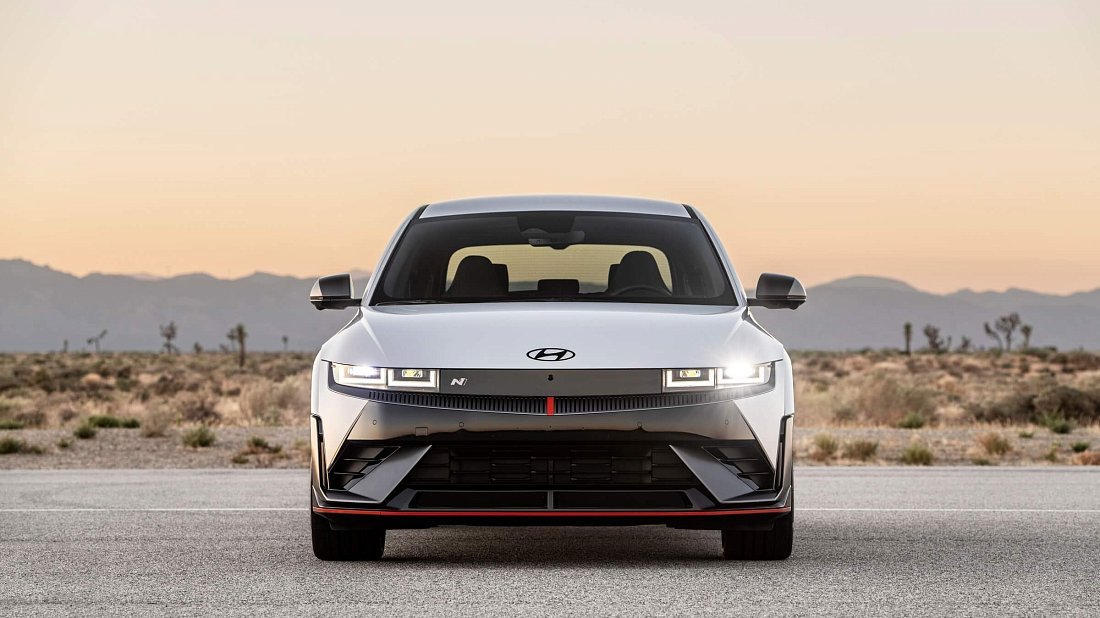

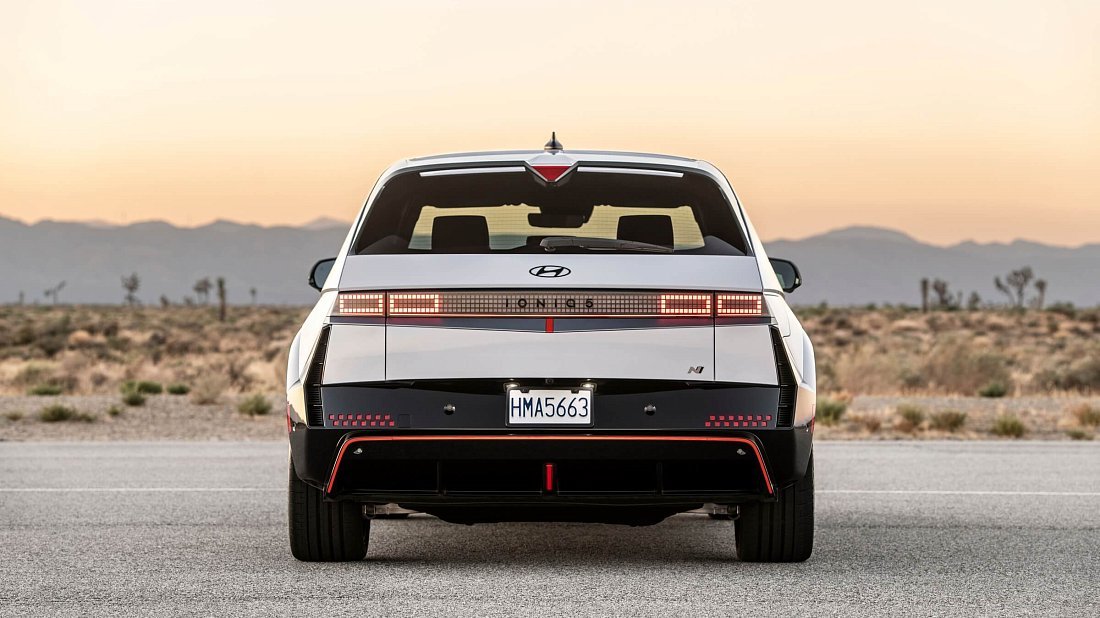


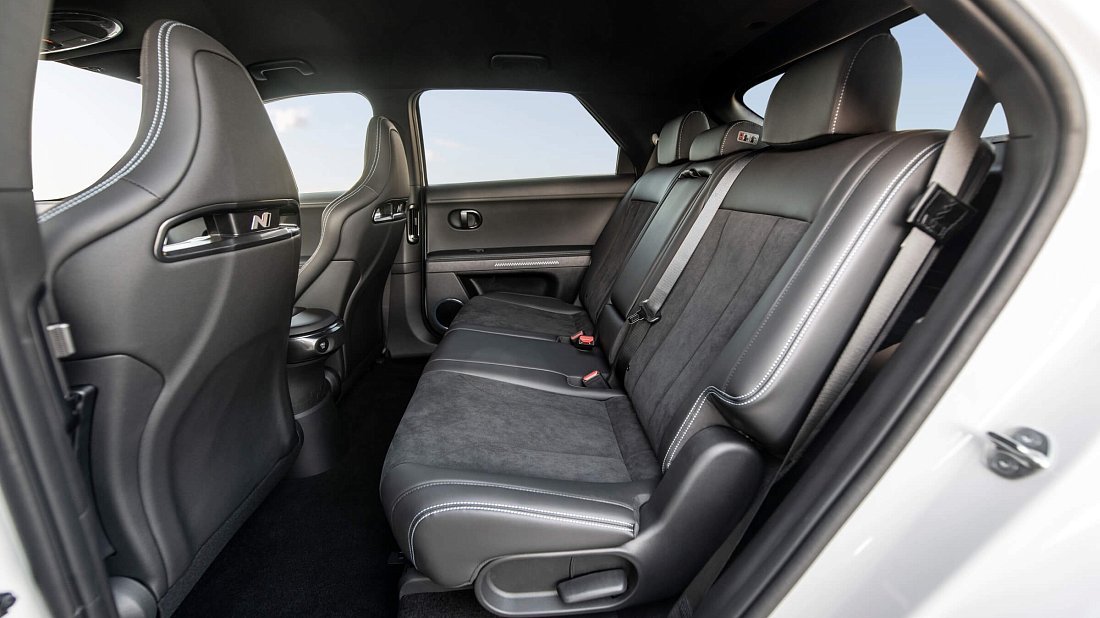
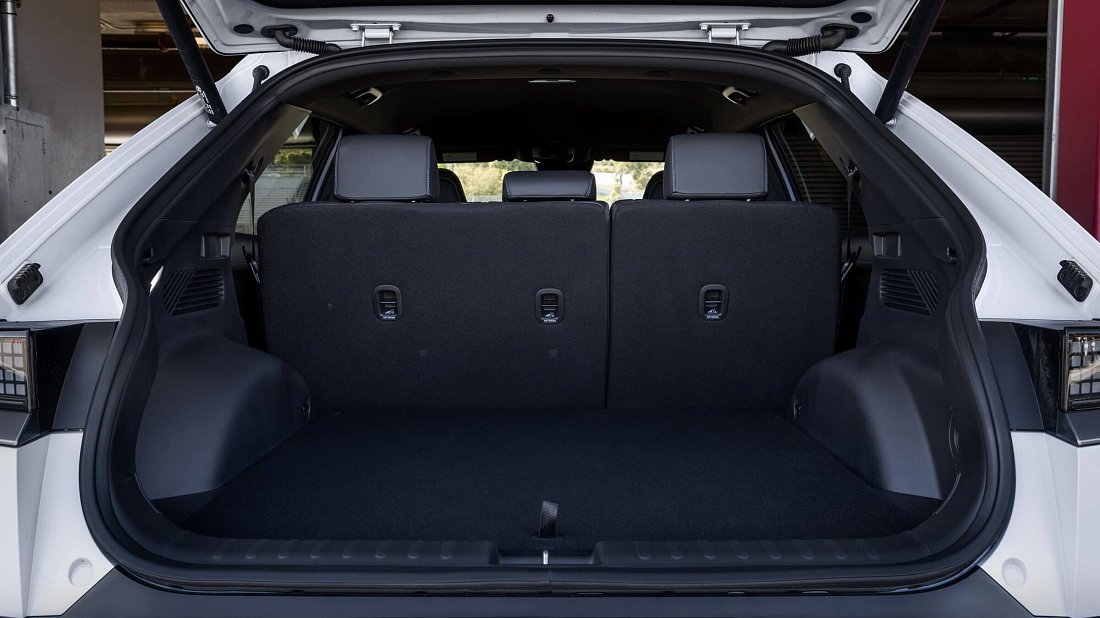

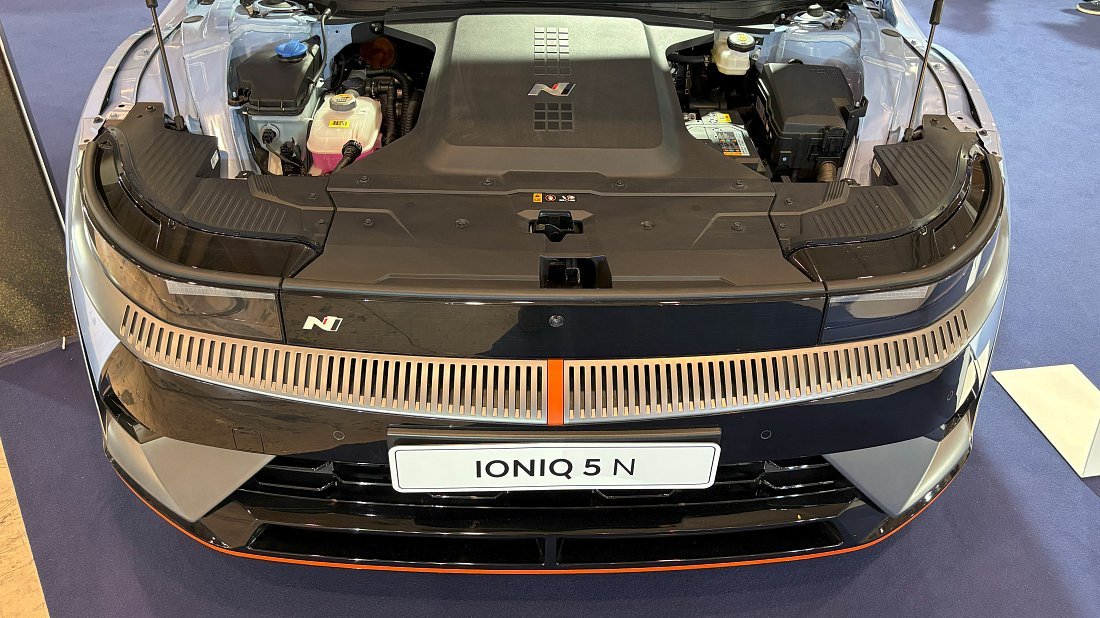
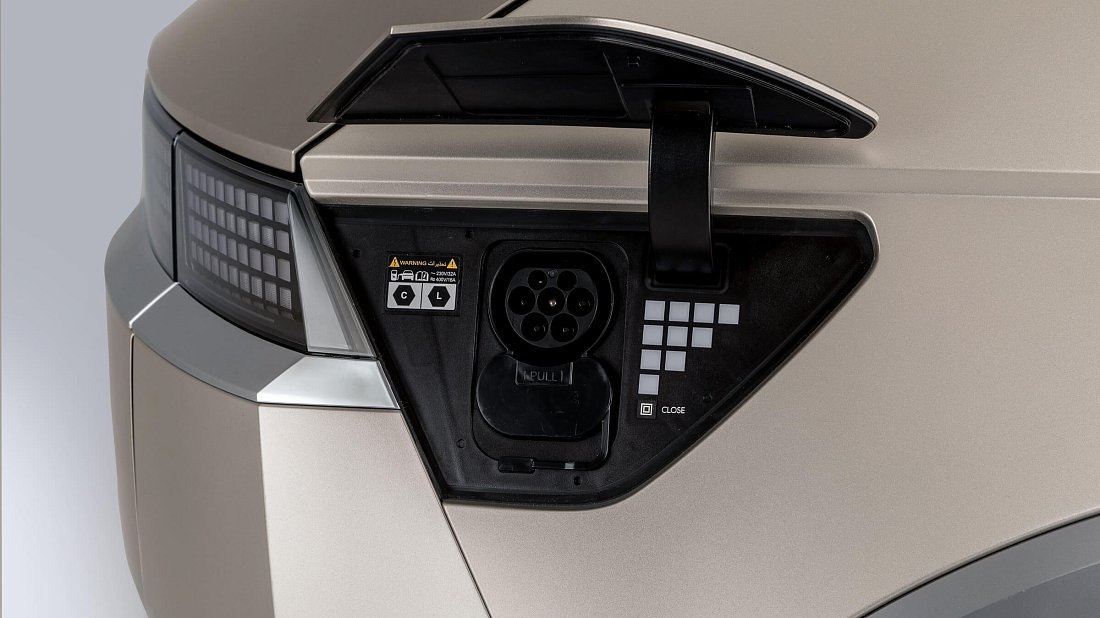

Overview
Main Overview Information
- Price USA (New)
- $66,100
- Price USA (Used)
- $52,911
- Country of Manufacture
-
- Indonesia
![Indonesia Indonesia]()
- Singapore
![Singapore Singapore]()
- South Korea
![South Korea South Korea]()
- Indonesia
- Years of Production
- 2023-… (Produced)
- Body Style
- SUV
![]()
- Market Availability
- EU, USA
Pros and Cons
Reasons to Buy
- Blistering AWD acceleration
- Exceptional driving fun
- Ultra-fast 800V charging
- Track-focused engineering
- Distinctive N styling
Reasons Not to Buy
- Modest 224-mile range
- Lower energy efficiency
- Premium price point
- Simulated driving features
- Firm ride quality
Overview
Get ready for Hyundai's electric hooligan, the 2025 Ioniq 5 N! This ain't your average EV crossover; it's a high-performance beast born from Hyundai's N division, aiming to thrill driving purists. Packing wild features like N Grin Boost and N e-Shift for simulated gear changes, it’s a unique entry in the performance EV space. Expect it to hit US shores with a starting MSRP around $66,100, as per provided data, with earlier models on the used market around $52,911. It’s all about delivering maximum driving fun with a shocking electric punch.
What's New for 2025?
For the US market, the 2025 Ioniq 5 N *is* the big news, marking its official arrival as a groundbreaking performance EV. While it launched globally in 2023, this model year establishes its presence stateside. It brings a plethora of N-specific enhancements over the standard Ioniq 5, including a more powerful dual-motor setup, track-focused chassis and suspension tuning, aggressive styling, and innovative software features like N Drift Optimizer and N Torque Distribution designed to redefine electric performance driving. No major changes are expected over its initial US launch specification.
Design & Exterior
The 2025 Ioniq 5 N screams performance with its aggressive, rally-inspired design. It’s lower, wider, and meaner than its standard sibling, boasting unique N aero components like a prominent wing-type rear spoiler, front lip spoiler, and sporty side skirts, all accented with a Luminous Orange stripe. Massive 21-inch forged aluminum wheels fill the flared arches. Dimensions are 185.6 inches long, 76.4 inches wide (excluding mirrors), and 62.4 inches tall, giving it a planted, purposeful stance. This thing looks ready to tear up a track straight from the factory floor!
Interior, Tech & Cargo
Inside, the Ioniq 5 N gets a sporty N makeover with reinforced N sport bucket seats, an N-exclusive steering wheel with dedicated N Grin Boost button, and performance-focused displays. Materials include Alcantara and recycled plastics, blending sportiness with sustainability. It comfortably seats five. Dominating the dash are dual 12.3-inch screens for instruments and infotainment, featuring N-specific menus, Apple CarPlay, and Android Auto. Cargo space is a practical 26.1 cubic feet in the trunk, expanding to 58.5 cubic feet with seats folded. Frunk capacity isn't listed in the provided data.
Performance & Driving Experience
This EV is a rocket! The dual-motor AWD system, featuring PMSM motors front and rear, unleashes a staggering 478 kW (around 641 hp with N Grin Boost) and 546 lb-ft of torque, catapulting the Ioniq 5 N from 0-60 mph in a blistering 3.2 seconds. It’s not just straight-line speed; expect incredible agility thanks to N-tuned suspension, an electronic limited-slip differential, and features like N e-Shift for simulated gearshifts and N Active Sound+ for an engaging soundtrack. Upgraded N brakes provide serious stopping power, complemented by adjustable regenerative braking.
Range, Battery & Charging
The Ioniq 5 N is powered by an 80 kWh (usable) battery pack (84 kWh nominal). Green Cars Compare calculates a real-world range estimate of 224 miles, with an efficiency of 2.8 mi/kWh. Thanks to its 800V architecture, DC fast charging is rapid, hitting a peak of 240 kW, potentially juicing from 10-80% in around 18 minutes. For AC charging, the standard 10.9 kW on-board charger can replenish the battery overnight. The US version uses a CCS Type 1 port. Vehicle-to-Load (V2L) functionality adds extra versatility, letting you power external devices.
Safety & Driver-Assistance Features
While the N focuses on performance, safety isn't overlooked. The standard Ioniq 5 boasts excellent safety scores (NHTSA 5-star, Euro NCAP 5-star from provided data), and the N variant is expected to share this strong foundation. It comes equipped with Hyundai's comprehensive SmartSense suite of driver-assistance systems. Standard features likely include Forward Collision-Avoidance Assist, Lane Keeping Assist, Blind-Spot Collision-Avoidance Assist, Rear Cross-Traffic Collision-Avoidance Assist, and Highway Driving Assist, ensuring peace of mind alongside the thrills.
Warranty & Maintenance Coverage
Hyundai typically offers strong warranty coverage in the US. Expect the 2025 Ioniq 5 N to come with a 5-year/60,000-mile new vehicle limited warranty and a 10-year/100,000-mile powertrain warranty covering EV components. The high-voltage battery is also likely covered for 10 years/100,000 miles, often including a degradation guarantee. Plus, Hyundai usually includes complimentary maintenance for 3 years/36,000 miles, adding value and reducing initial ownership costs for this high-performance EV.
Previous Generation
There are no earlier versions of this carNext Generation
There are no newer versions of this carSimilar Electric Cars

- Real Range
- 285 mi
- 0-60 mph
- 3.6 s

- Real Range
- 287 mi
- 0-60 mph
- 3.6 s

- Produced
- 2025-…
- Real Range
- 229 mi
- 0-60 mph
- 3.4 s
- Price (USA)
- $63,800

- Produced
- 2024-…
- Real Range
- 288 mi
- 0-60 mph
- 3.4 s
- Price (USA)
- $62,490

- Produced
- 2024-…
- Real Range
- 291 mi
- 0-60 mph
- 3.1 s
- Price (USA)
- $115,500

- Produced
- 2023-…
- Real Range
- 227 mi
- 0-60 mph
- 3.4 s
- Price (USA)
- $109,300
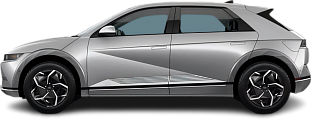
- Discontinued
- 2022-2024
- Real Range
- 252 mi
- 0-60 mph
- 4.9 s
- Price (USA)
- $20,799
Related Articles






